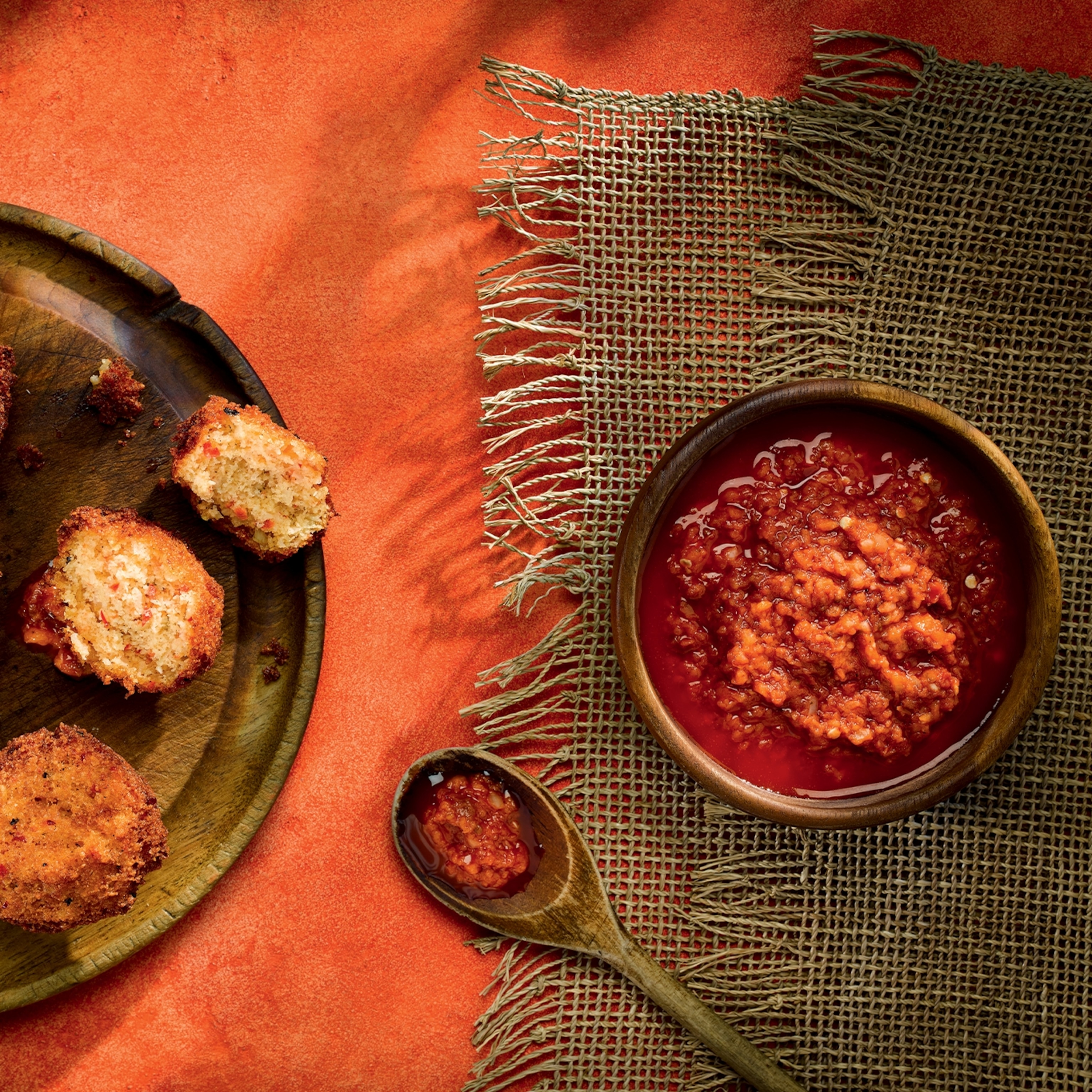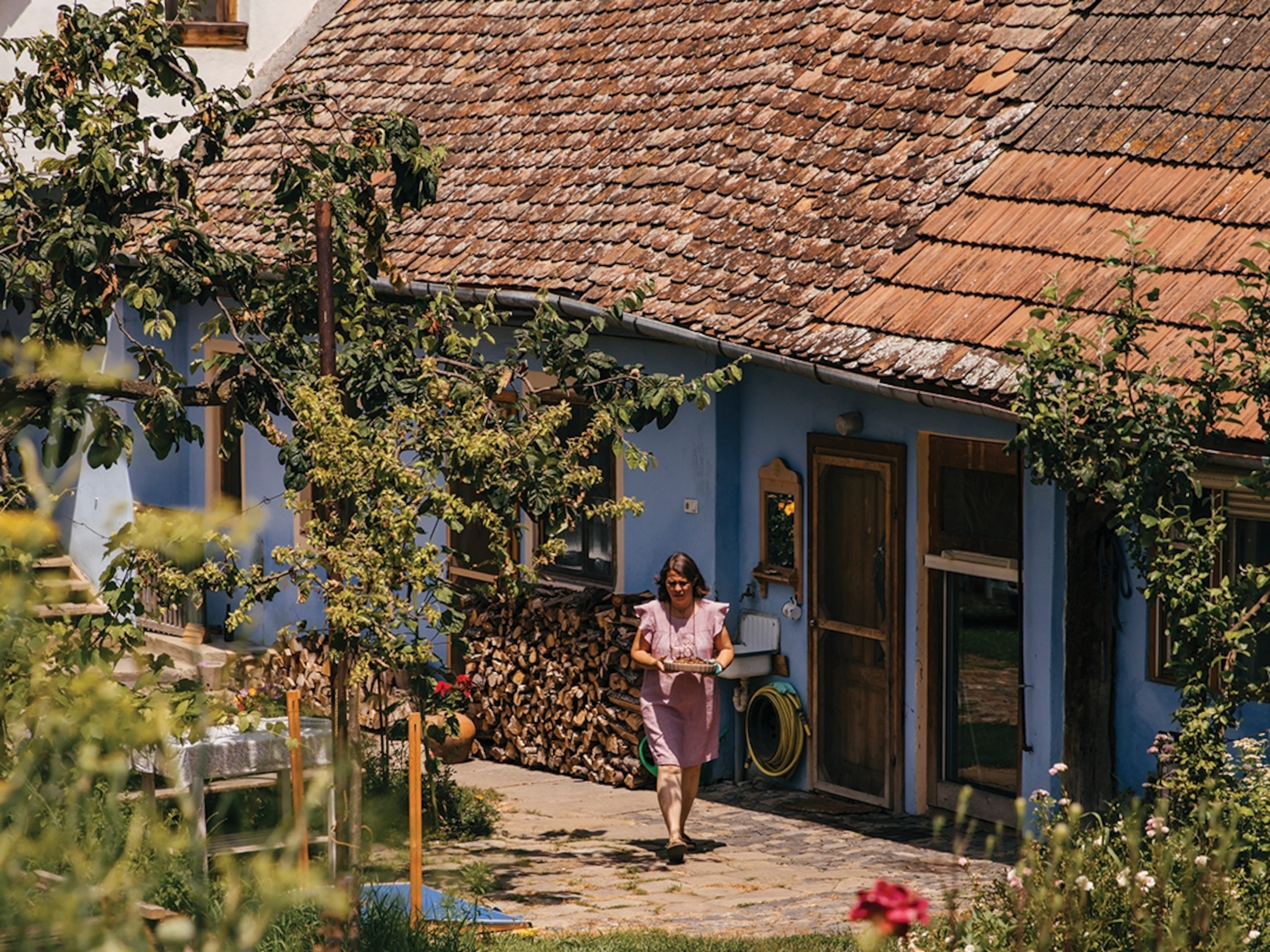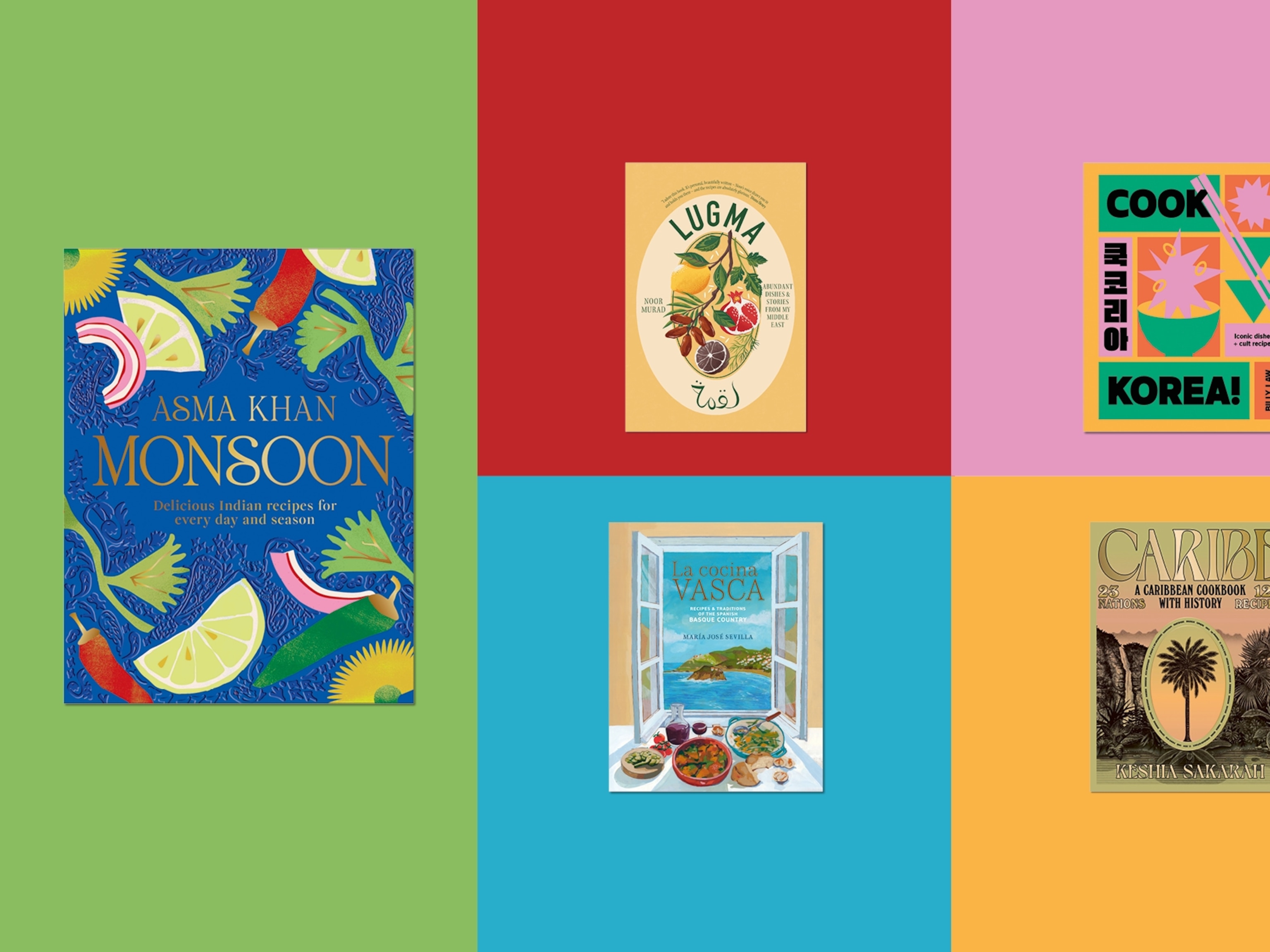
How Singapore is embracing edible insects
Singapore has long held a reputation for its diverse and experimental food scene, and now adventurous diners can tuck into creepy crawlies in the city’s bars and hawker stalls.
“It tastes like sunflower seeds,” says Hoo Ee Ming, owner of the Grains & Leaf hawker stall in the basement of Singapore’s Golden Mile Food Centre, casually tossing a cricket in his mouth as if it were popcorn. Perched on a stool, I’m staring into a plastic container filled with the dried, deceased crickets, which Ming buys already de-legged, coated in salted egg flavouring.
Having grown up in a Western culture, the thought of sprinkling creepy crawlies on my salad isn’t exactly making my mouth water. But I gingerly pop a tiny cricket between my teeth. Nothing bad happens; there’s a satisfying crunch and the saltiness of the seasoning.
Emboldened, I try Ming’s other salad topper: mealworms. At about two centimetres long, they also pack a hefty crunch. “These taste like roasted peanut skins,” Ming says. As I mix them through the salad, I detect that salty nuttiness and concede that they add a nice texture to this healthy lunch.
Ming says the protein insects contain make them a natural addition to his salad stall, alongside his honey-roasted-chicken salads, Caesar salads and salmon poke bowls. But what are his customers saying about the optional bugs on the menu? “People are worried about the look,” he says. “They can accept the taste, but can’t look. I tell them, close your eyes and try one bite first.”
Customers are adjusting to the prospect of having insects on their plate, however. They were only approved for human consumption in Singapore in July 2024, with the Singapore Food Agency (SFA) allowing the import and sale of 16 species, including crickets, mealworms, locusts and moth larvae.
Insect Food, run by Javier Yip, is the first company to import edible insects to Singapore. “I love to eat edible insects,” he explains when I meet him at his office. “It's my passion. I’ve eaten them in Thailand and Vietnam. I've even had scorpions before.”
There are no insect farms in Singapore yet, and Javier only recently cleared all the regulatory hurdles to establish an import supply chain. “The SFA is so strict, so it’s difficult to find the right suppliers,” he says. The insects must come from farms, as wild-harvested bugs may carry bacteria or be exposed to pesticides. Although there are thousands of farms across China and Thailand, the SFA only approves those with certain safety certifications. Once the bugs arrive in Singapore, a sample is tested before they can be sold.

Through his website, Javier sells bulk packs of dried crickets and mealworms, frozen locusts and silkworm pupae, and powdered insects. Snack packs are sold in local supermarket chain Sheng Siong under Javier’s retail brand, Insect Yumz. In his boardroom, I’m bravely sampling a pack of tom-yum-flavoured crickets, which remind me instantly of punchy Thai soup with chill, lime and prawn on the palette. Next, I try cricket bites in a tomato-based sweet-and-spicy barbecue flavouring, a puffed and ruffled snack aiming to tap the niche of potato crisps.
For many, a diet including insects isn’t new. According to the Food and Agriculture Organization of the United Nations (FAO), edible insects are thought to be consumed in more than 100 countries. With their high protein levels, insects may contribute to meeting future global food demands — reporting by the FAO states that farming these ‘mini-livestock’ can benefit the environment as crickets, for example, need one-sixth of the amount of feed of cattle and half as much as pigs and chickens to produce the same amount of protein. Insects also emit less greenhouse gases and ammonia than conventional livestock.
Dr Maria Antonia Guillermo-Tuazon, a senior nutrition and agrifood systems specialist with the FAO, says the farming and consumption of insects aligns with the UN’s 2030 Sustainable Development Goals. “We want to achieve triple wins, simultaneously promoting social development that’s inclusive of food security and nutrition, economic growth and environmental sustainability.”
She adds that the demand for edible insects is booming in Europe, as people seek alternatives to meat. Edible insect powders, which can be added to all kinds of dishes for a protein boost, are especially popular. “When you're eating grasshoppers or crickets, sometimes their legs get stuck between your teeth,” Antonia says. The powder format, however, removes any visual or textural challenges.
Another business with a mission to make insects more palatable is Fura, a small bar and eatery in a trendy shophouse on Chinatown’s Amoy Street, a popular spot for food and drink. Here, I meet co-owner Christina Rasmussen, whose aim is to inspire guests to consume more sustainably by featuring key ingredients that are either invasive, prevalent or plentiful. While many dishes are vegan, some incorporate insects, invasive jellyfish and even lab-cultured quail parfait.
In the open kitchen, Christina pulls tart cases from the oven and arranges flowers atop pretty dishes as she explains her philosophy. “We recognise that not everyone can be vegan,” she says. “Insects come into play because they’re a great protein source, in abundance and require fewer resources.” For some Singaporeans, eating insects will still require a mindset shift. “Many people don't like eating insects because it's associated with poverty or desperation — and we want to change that,” she says.
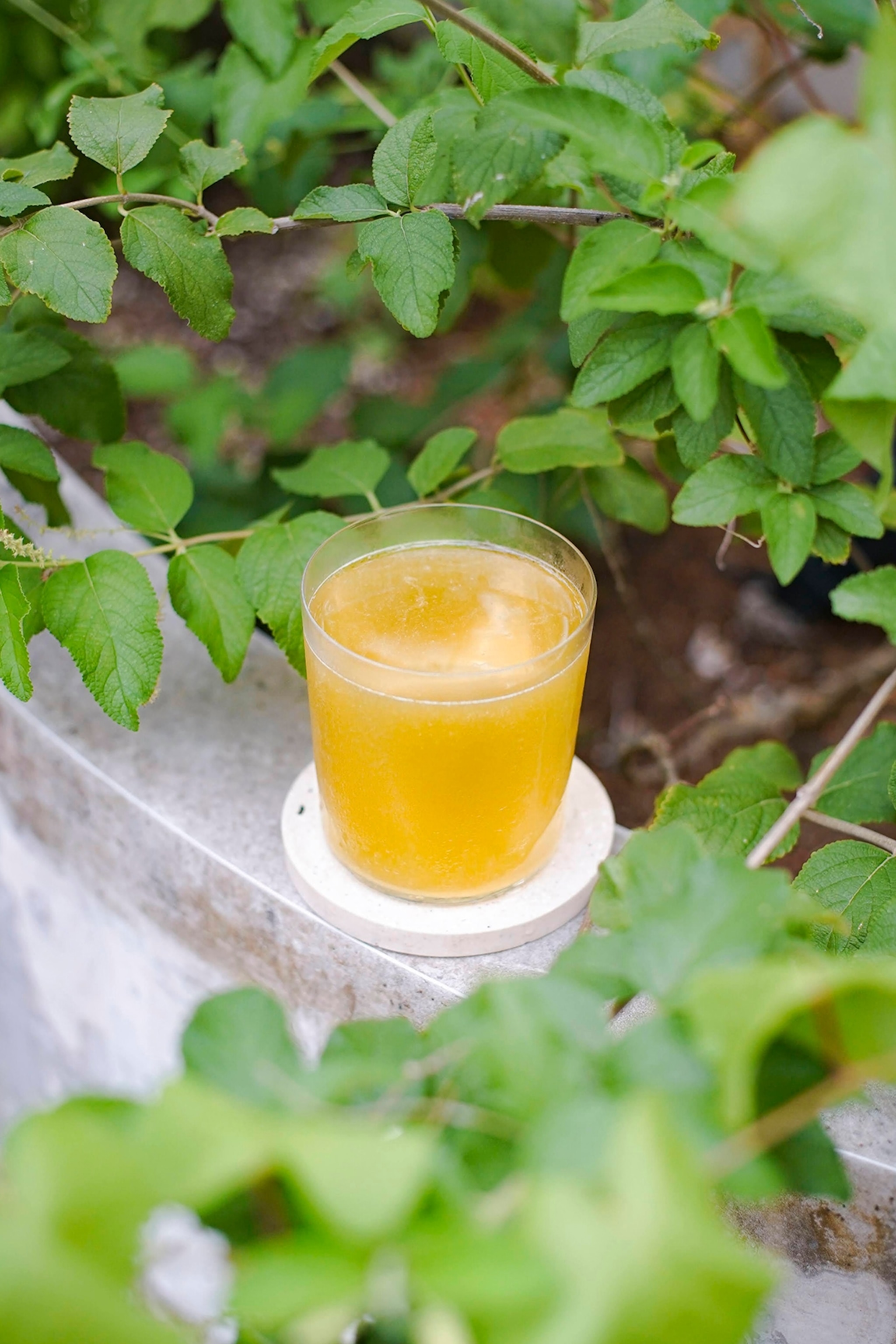
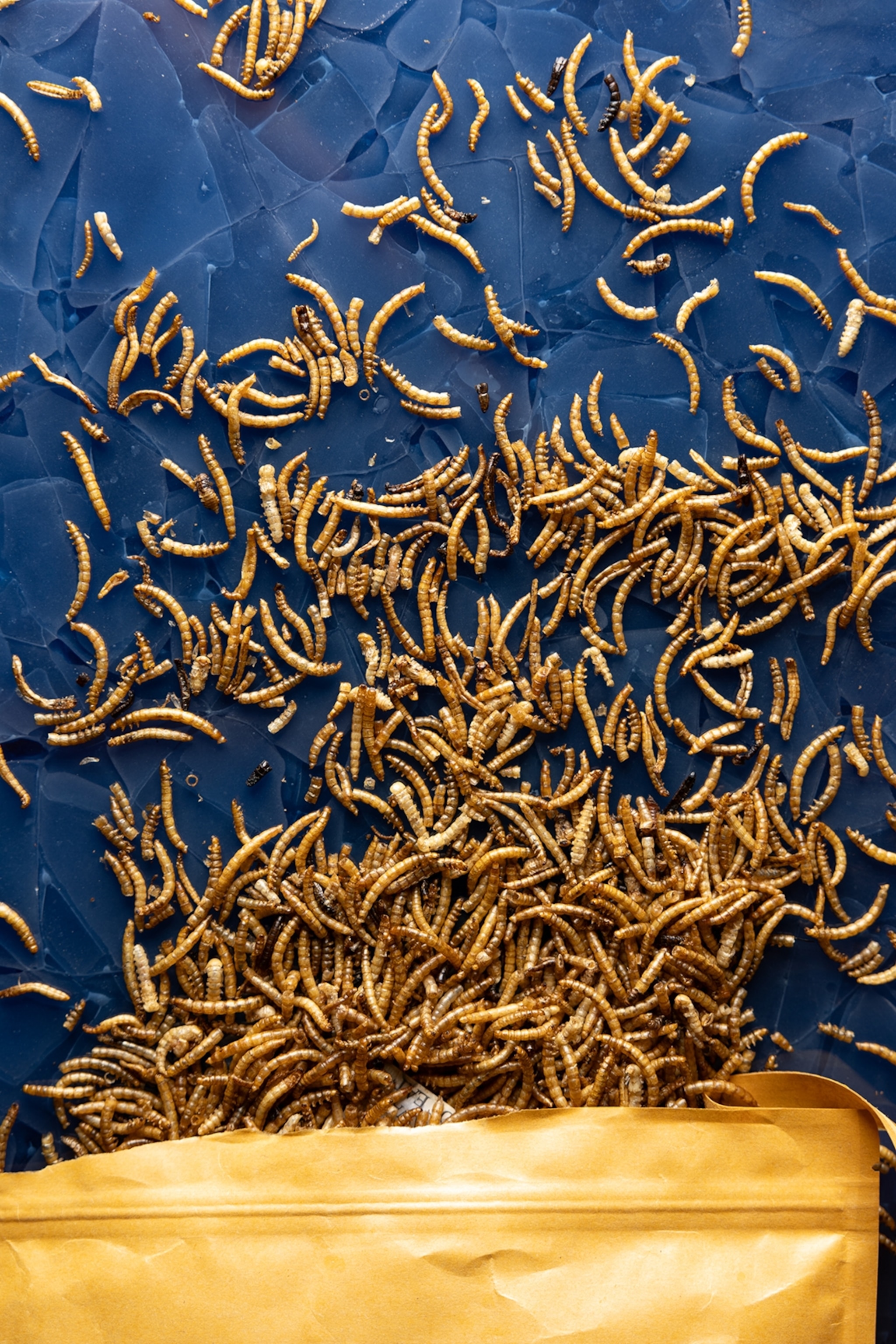
I kick off my night with a cocktail called Get the Worm. Inspired by a classic margarita, with the tang of tequila, zesty lime and a hint of orange, this drink also features mealworms, pan-fried with garlic and 15 different spices then glazed with tequila. The worm itself is filtered out before serving, but the savoury, spicy flavour is infused into this slightly cloudy, punchy cocktail.
Next, Christina slides two plates my way. The first, peas in threes, features pea shoots, sweet peas and a peanut cricket dukkah. “It's a good way to introduce the texture,” she explains. The second dish is called pumpkin layers. A tart with amaranth crust, it’s loaded with pickled beetroot and insect garum, a fermented paste made from heat-dried locusts, grasshoppers and blackened barley koji, later blended with charred pepper, walnuts and apple cider vinegar. The tart’s garnish is a curly ribbon of squash, dotted with dainty blue-and-pink edible petals.
“That one’s my favourite on the menu,” Christina says. “It's beautiful, and I think it does bugs justice.” With its sweet, nutty flavour and the impeccable presentation, this dish is pure luxury. And if this is what it takes to save the planet while giving my body a protein boost, I’ll happily order more.
